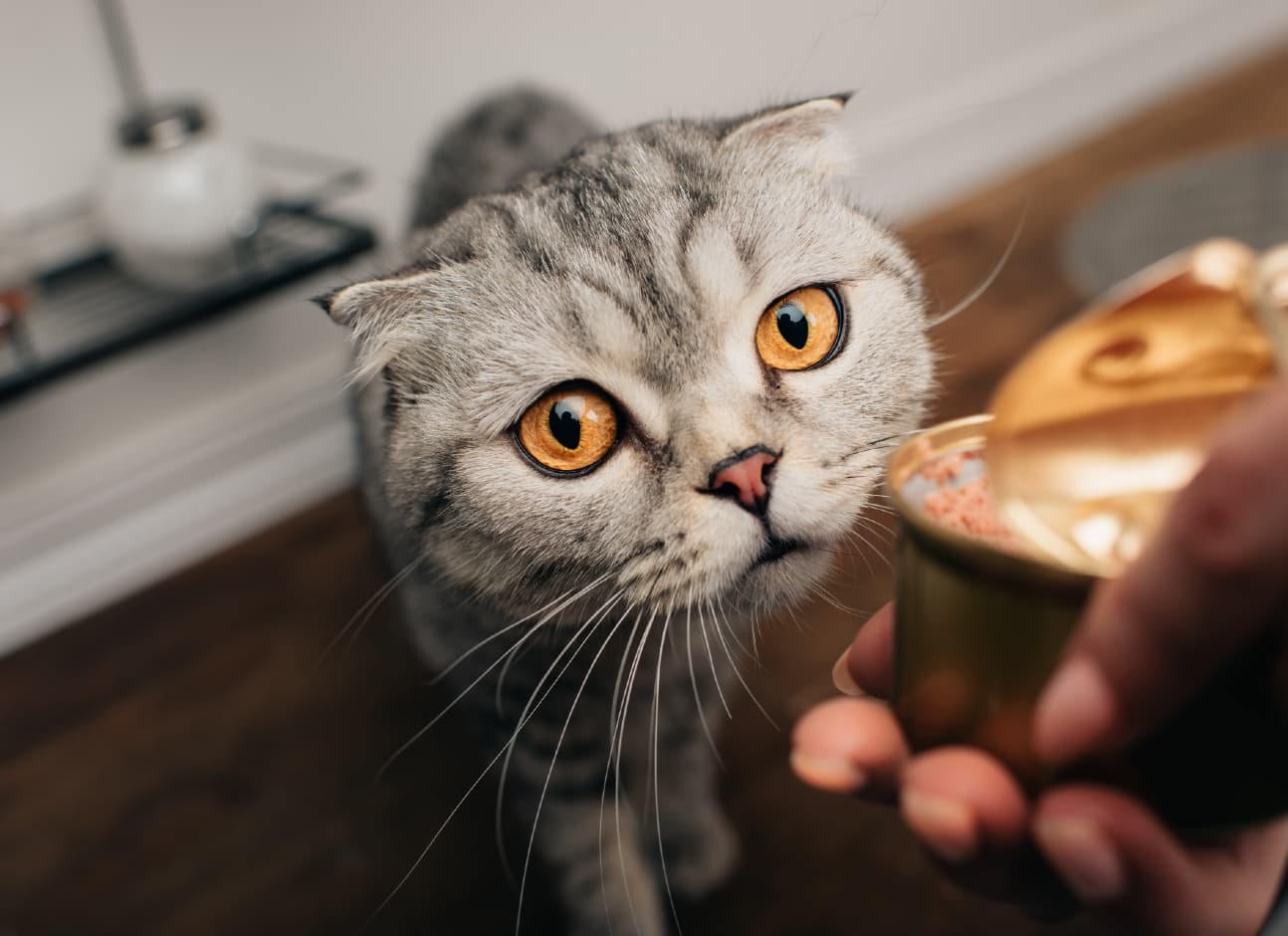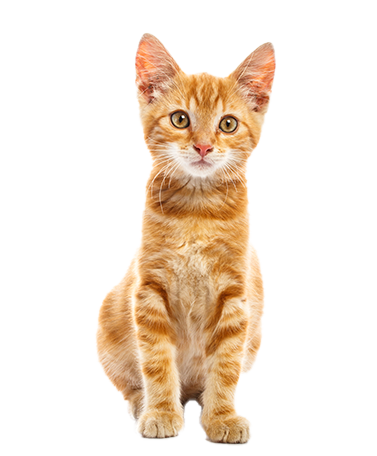Reviewed by Dr. Sarah Yosry
Updated on 08/25/2024
Reading time 5 min.
Overview
Severity: Low
Life stage: All
Cats are carnivores, so most of their food should be a type of meat they like to eat, such as fish or chicken. However, some cat foods can be beneficial for your cat’s teeth. In this article, we’ll discuss why wet food is better than dry for cats and also look at other benefits and disadvantages.
What is the difference between dry and wet cat food?
The main difference between dry and wet cat food is in its ingredients. Dry foods contain more protein, fiber, and water than wet foods, which means they have a higher calorie content.
Dry cat food also tends to be less fatty than wet recipes—which can make for an easier diet for your little buddy. In addition to being high in protein, fiber, and water (all essential for keeping teeth clean), specific dry kibbles can be low-calorie or gluten-free!
Benefits and disadvantages of wet food for cats
Does wet food cause dental disease?
It is important to note that just because your cat eats wet food, it doesn’t mean that the food causes dental disease.
Most cats can eat without any issues at all. However, there are some issues that wet food can cause when consumed by cats.
- First, there’s tartar buildup on their teeth if they don’t brush their teeth regularly or if they don’t have regular cleanings done on them by a veterinarian or someone else who knows how to do it properly (like this guide).
- Secondly, the plaque buildup will begin once you start feeding them wet food regularly because of the high levels of sugars in this diet compared with dry foods, which contain fewer carbohydrates per serving size.
How to choose a wet cat food?
There are several things you should look for in wet cat food.
- High protein and low carbohydrates. Cats need high protein levels to prevent kidney problems, but they also need enough carbohydrates to keep them feeling full. If a cat food has too much carbohydrate, your pet may become hypoglycemic (low blood sugar).
- Low sodium content. Most cats don’t have any salt intake—they get all their sodium from their diet! To keep your pet healthy and happy, ensure the amount of salt in their food is in line with what nature intended it to be: just right!
- Low calories and high water content are also important factors when choosing which wet foods will work best for each animal’s needs.”

Conclusion
Although wet food is an excellent option for cats, it can be tricky to choose the right one. We recommend reading our article on choosing the best cat food for your cat’s dental health before deciding which brand will work best for them.
Share this, choose your platform!
Writen by
Dr. Sarah Yosry
DVM
A product of a rich Australian/Egyptian heritage, Dr. Sarah Yosry stands as a testament to the union of diverse cultures and a shared love for animals…


